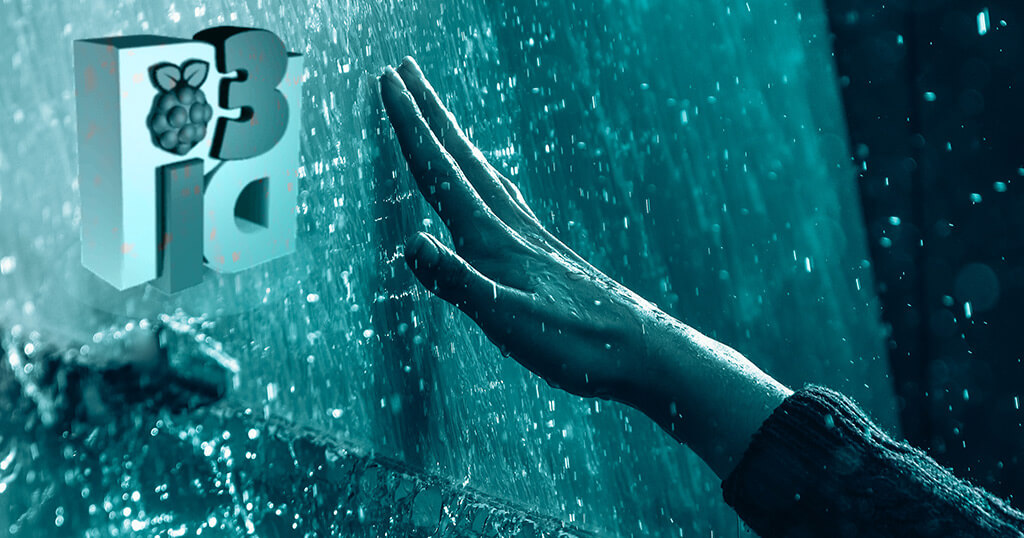Pi3D PictureFrame is the favorite Raspberry Pi image viewer of digital picture frame enthusiasts. Its ability to create super smooth crossfading and other blending effects even for 4K displays using the full graphic power of the Raspberry Pi is unparalleled.
In this FAQ, I have compiled, in no particular order, questions that we received, commands you may frequently use, and several tidbits you may want to discover and try for yourself.
Tested with: Raspberry Pi OS Buster Desktop, Raspberry Pi Zero 2, 2, 3, and 4, Pi3D 2.49, PictureFrame 2022.01.20, 1080p, and 4K displays.
If you are missing a particular question, please let me know.
What are the current Pi3D and PictureFrame versions?
The current version of Pi3D as of February 2022 is 2.49, and of PictureFrame it is 2022.01.20. The date at the end of PictureFrame makes it easy to know when it was last updated.
How can I find out which version I have installed?
In Terminal enter “picframe -v“. This will show you the version numbers for all modules.
How can I update my Pi3D PictureFrame version?
In Terminal on a Pi 4 enter: “sudo pip3 install picframe --upgrade“.
On a Pi 3 it is “pip3 install picframe --upgrade“.
Then rename “configuration.yaml” to “configuration_old.yaml” and run “picframe -i .“. Finally, manually copy over your settings from the old config file to the new one.
What is the Pi3D PictureFrame developers’ site?
The Pi3D documentation is: https://pi3d.github.io/html/ReadMe.html#acknowledgements
The Pi3D Github page is: https://github.com/pi3d/pi3d_demos
The PictureFrame Github page is: https://github.com/helgeerbe/picframe
The Python Package Index page is: https://pypi.org/project/picframe/
Does Pi3D PictureFrame run on all Raspberry Pi models?
Pi3D will run on the Raspberry Pi Zero 2, 2, 3, and 4. I do not recommend using the old Raspberry Pi Zero because its memory limitations may cause issues.
Does Pi3D PictureFrame support the Raspberry Pi’s capability to connect to 4K screens?
Absolutely, and there are even great articles on this subject.
Is there a way to change the Pi3D PictureFrame parameters while the program is running?
Pi3D PictureFrame has an in-build remote control functionality based on MQTT messages.
These are the parameters you can change or commands you can send:
– Filter images on date_to and date_from
– Delay between images
– Duration of the transition
– Set shuffle mode on/off
– Pause playback
– Jump to the previous photo
– Set photos subdirectory
– Delete currently shown image
– Quit Pi3D
– Show date, location or filename
Why does Pi3D PictureFrame always show the same images after reboot?
Pi3D has a parameter setting where you specify to show a number of recent images first following a reboot or a reselect (i.e. reshuffle after a filter command has been entered). Set this value to zero in configuration.yaml in the model section to not show any new images first:recent_n: 0 # default=7 (days), when shuffling file change date more recent than this number of days play before the rest
How does Pi3D PictureFrame know when I add new images?
Pi3D has a database notify feature whereby it knows when there are changes in the pictures folder. If a change is detected, the playlist is reshuffled. This process is called “reselect” in Pi3D speak.
I want to start Pi3D PictureFrame at boot using crontab but it doesn’t work!
I recommend using systemd for launching scripts and have updated the section on auto starting Pi3D using systemd.
My file names are missing some special characters in my language!
Open configuration.yaml and add your special characters or alphabet to the line called CODEPOINTS. If you have characters like ” ‘ ” that have a special meaning in Python, then you have to prefix it with an “\”, so like “\'”.
What is the difference between Pi3D and PictureFrame?
Pi3D is a Python module that aims to greatly simplify writing 3D in Python whilst giving access to the power of the Raspberry Pi GPU. It enables both 3D and 2D rendering and aims to provide a host of exciting commands to load in textured/animated models, create fractal landscapes, shaders, and much more.
PictureFrame is a Raspberry Pi image viewer that builds on the power of Pi3D. Most of the time when I refer to “Pi3D”, “PictureFrame”, or “Pi3D PictureFrame” I mean the same thing.
I will add more items to this FAQ as they come up.
Was this article helpful?
Thank you for your support and motivation.
Related Articles
- How to show date and time on your digital picture frame
- How to automatically control the display brightness of your Raspberry Pi photo frame
- How to fully integrate your Raspberry Pi digital picture frame into Home Assistant even showing the current image
- Activate the power of the magic matting feature on your Raspberry Pi picture frame
